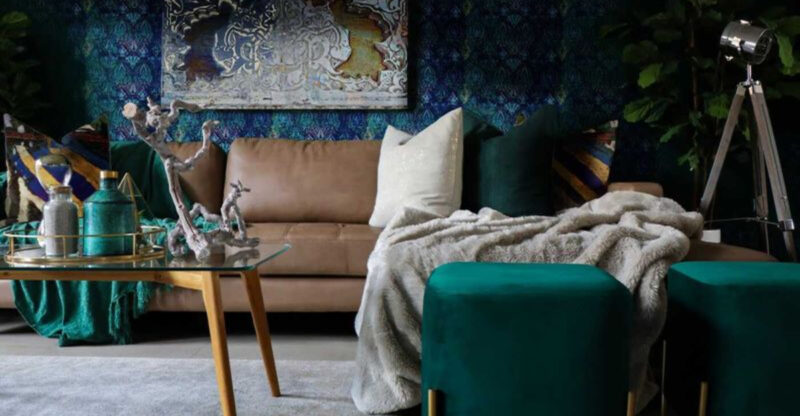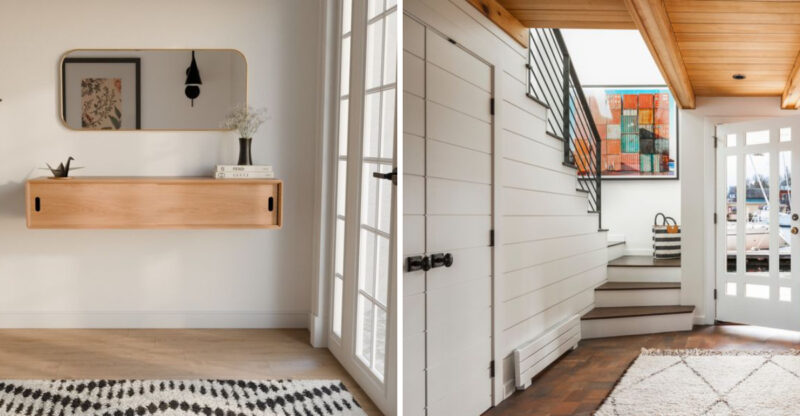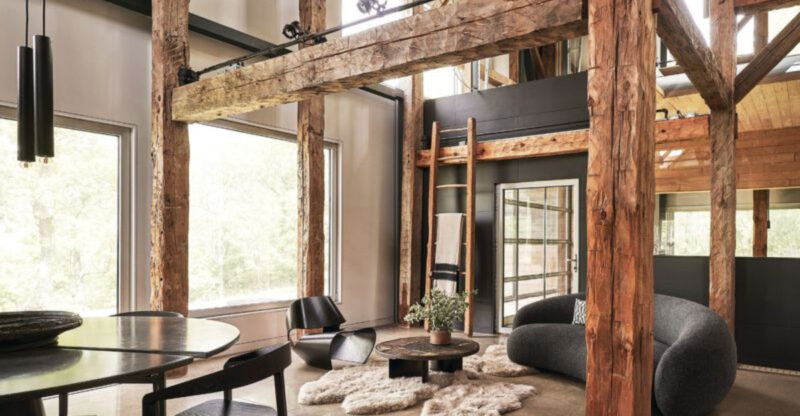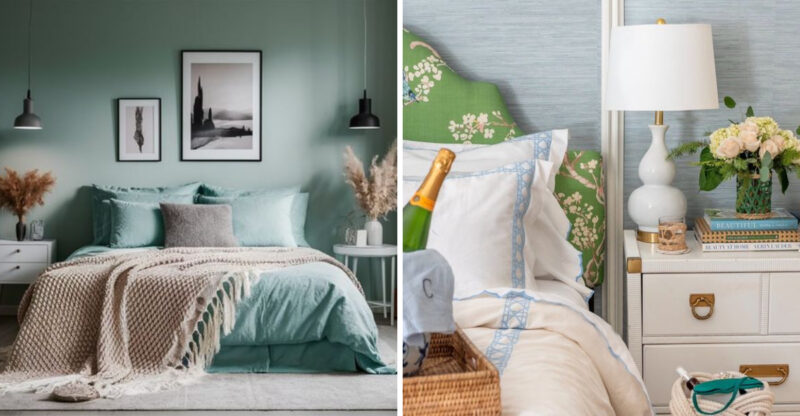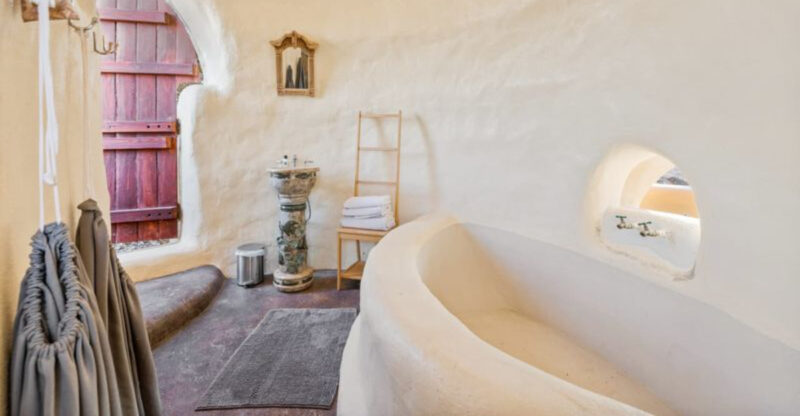11 Washington Interior And Exterior Trends That Could Be Gone By 2030
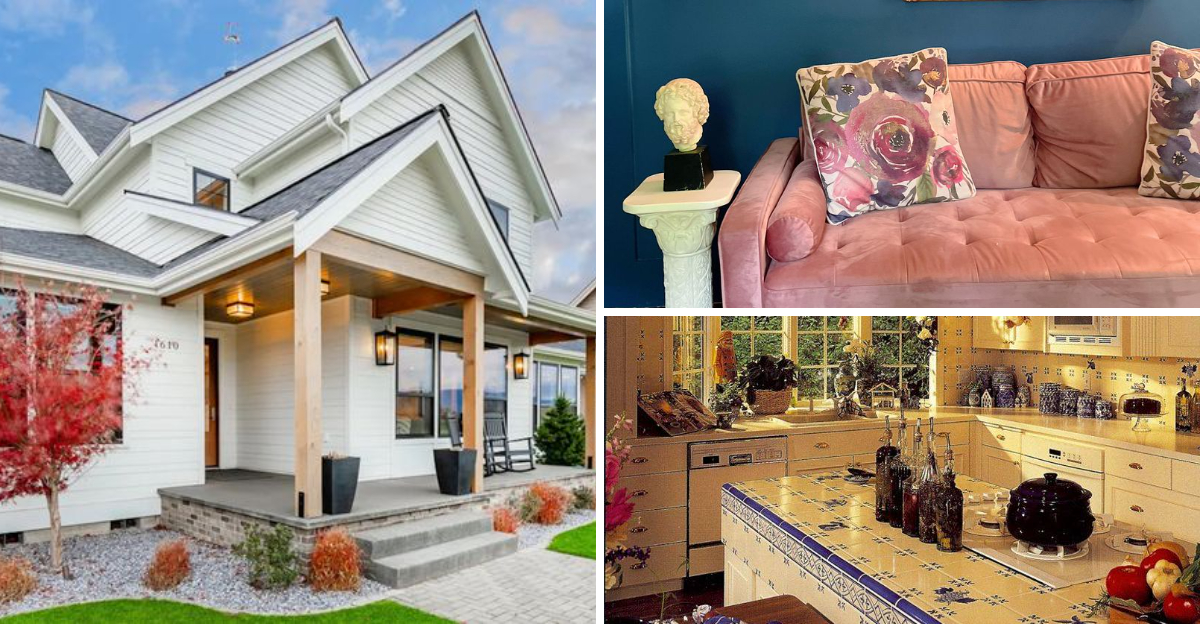
Home design in Washington state has always reflected both national movements and the region’s unique Pacific Northwest character.
As we look toward 2030, many beloved interior and exterior elements that define today’s Washington homes may fade into design history.
Environmental considerations, technological advances, and shifting cultural preferences are reshaping what we value in our living spaces. Let’s explore which current Washington home trends might disappear within the next decade.
1. Bouclé Fabric
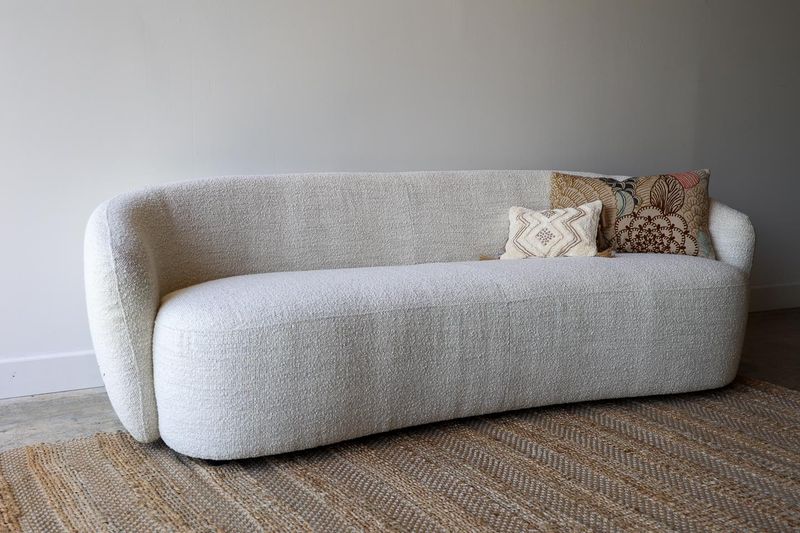
Bouclé’s nubby, cloud-like texture took Washington homes by storm, appearing on everything from sofas to accent chairs. Homeowners fell in love with its cozy tactile quality that seemed perfect for our rainy climate.
The problem? This trendy fabric shows wear quickly and collects dust and pet hair with frustrating efficiency. Cleaning bouclé properly requires professional attention, making it impractical for everyday family living.
As more durable, eco-friendly performance fabrics gain popularity, bouclé will likely retreat to occasional accent pieces rather than dominating entire furniture collections. Washington’s practical-minded residents are already shifting toward materials that better withstand our active, often muddy, outdoor-indoor lifestyle.
2. Faux Olive Trees
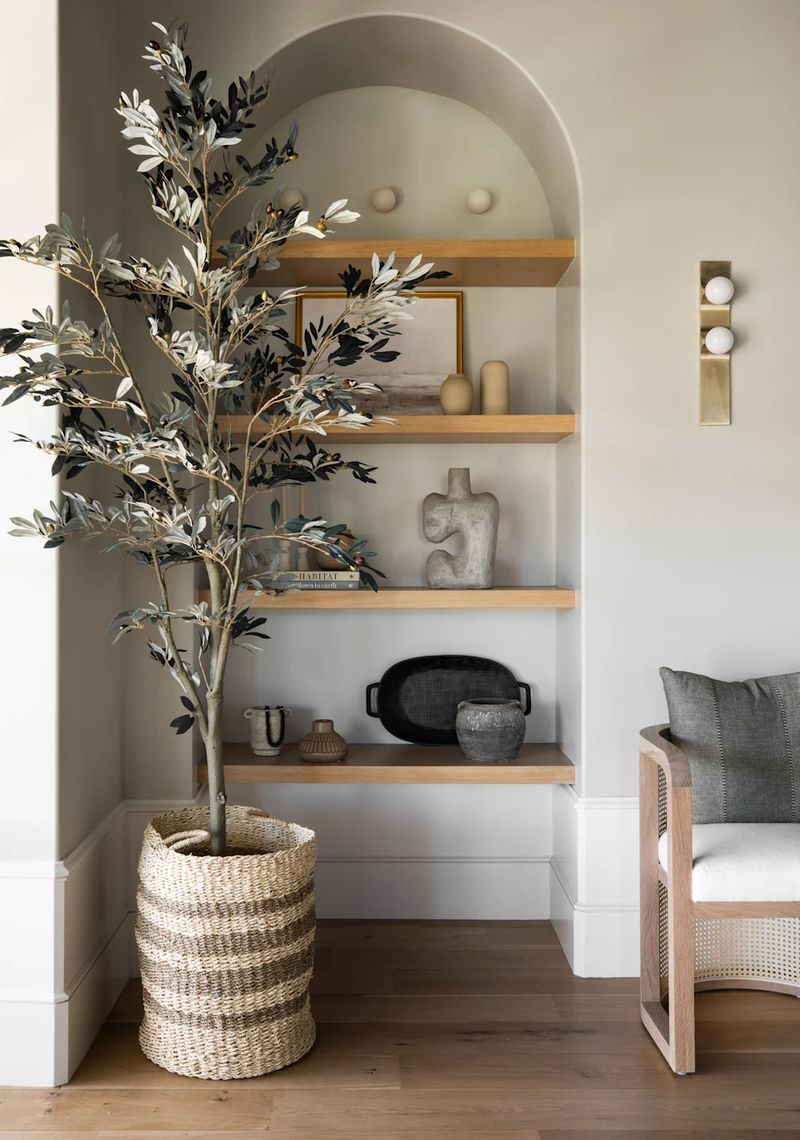
If you’ve browsed any Washington home store lately, you’ve encountered armies of artificial olive trees standing at attention. These Mediterranean transplants oddly became the must-have statement plant despite having little connection to our native landscape.
While faux plants offer maintenance-free greenery, they collect dust and eventually look dated. The environmental impact of these plastic creations contradicts Washington’s eco-conscious values.
Moving forward, expect to see more authentic biophilic design featuring native plants that actually thrive in our climate. Living plants like sword ferns, native huckleberry shrubs, and miniature hemlock trees will replace these Mediterranean pretenders, connecting our interiors more honestly with Washington’s natural heritage.
3. “Live, Laugh, Love” Signs
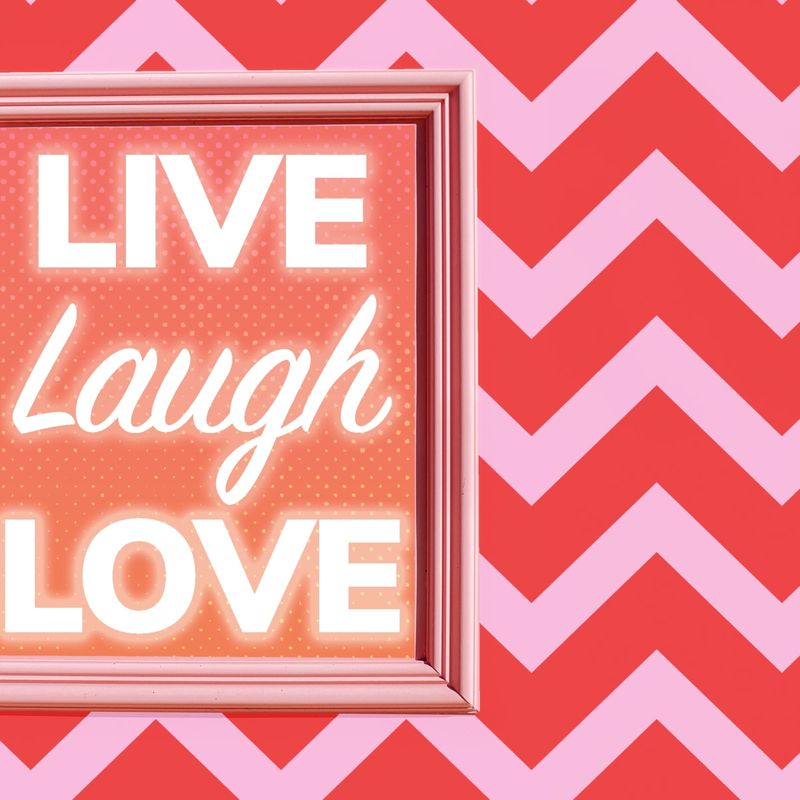
Once upon a time, no Washington kitchen or living room was complete without scripted wall art proclaiming emotional instructions. These mass-produced sentiments spread across our walls like an inspirational pandemic.
As Washington homeowners embrace more personalized, authentic design, these generic platitudes feel increasingly hollow. The trend represents a cookie-cutter approach to decorating that lacks regional character or personal meaning.
Washington’s creative community is instead gravitating toward locally made art that tells specific stories. Handcrafted works featuring Northwest landscapes, indigenous-inspired designs, or even quirky Seattle-centric humor are replacing these one-size-fits-all expressions. By 2030, seeing a “Live, Laugh, Love” sign might feel like spotting a relic from a bygone decorating era.
4. Wall-to-Wall Gallery Walls
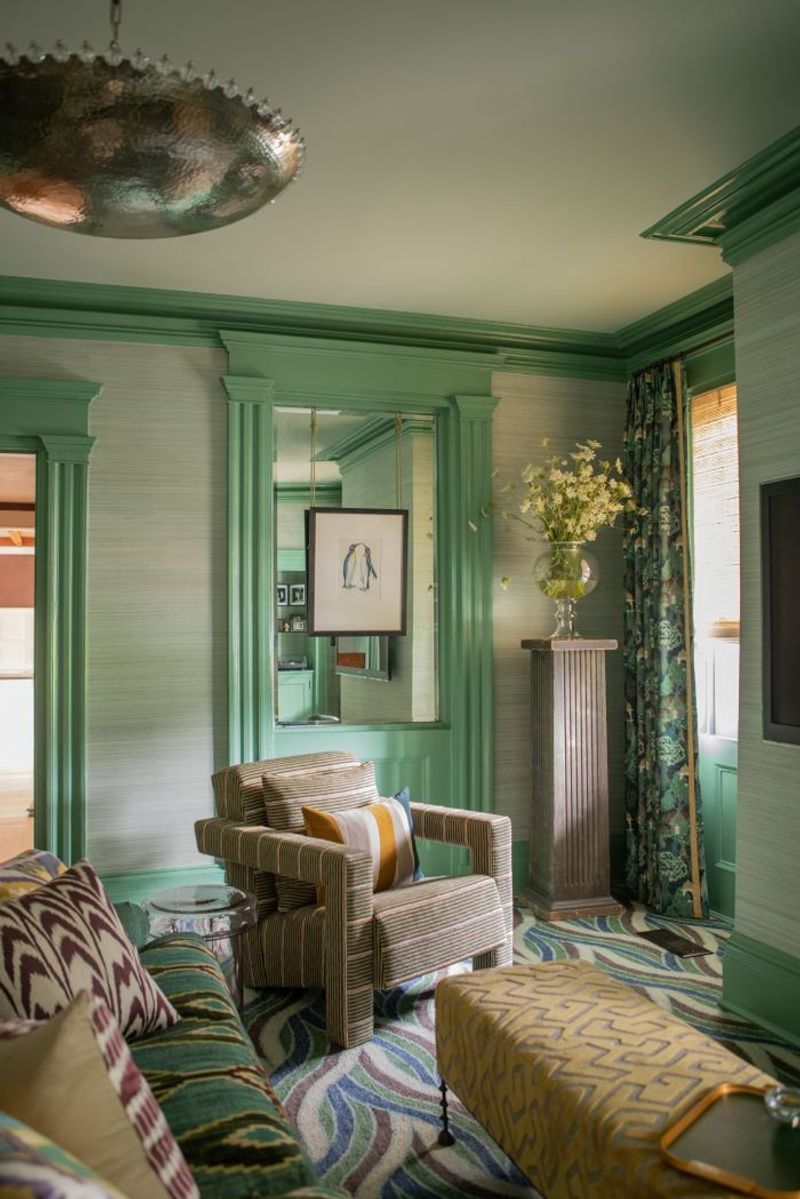
Maximalist gallery walls exploded across Washington homes, with frames stacked from floor to ceiling in tight formations. Social media fueled this trend, making our walls into personal Instagram feeds of family photos and mass-produced art prints.
The visual chaos of these arrangements is starting to feel overwhelming rather than expressive. The constant dusting and straightening required becomes a maintenance headache in busy households.
Moving forward, Washington homeowners are embracing more curated, intentional art displays with breathing room between pieces. Quality over quantity is becoming the new mantra, with fewer, larger statement pieces creating more impact. This shift aligns with the region’s growing minimalist sensibilities and appreciation for negative space that echoes our expansive natural landscapes.
5. Excessive Rattan/Cane
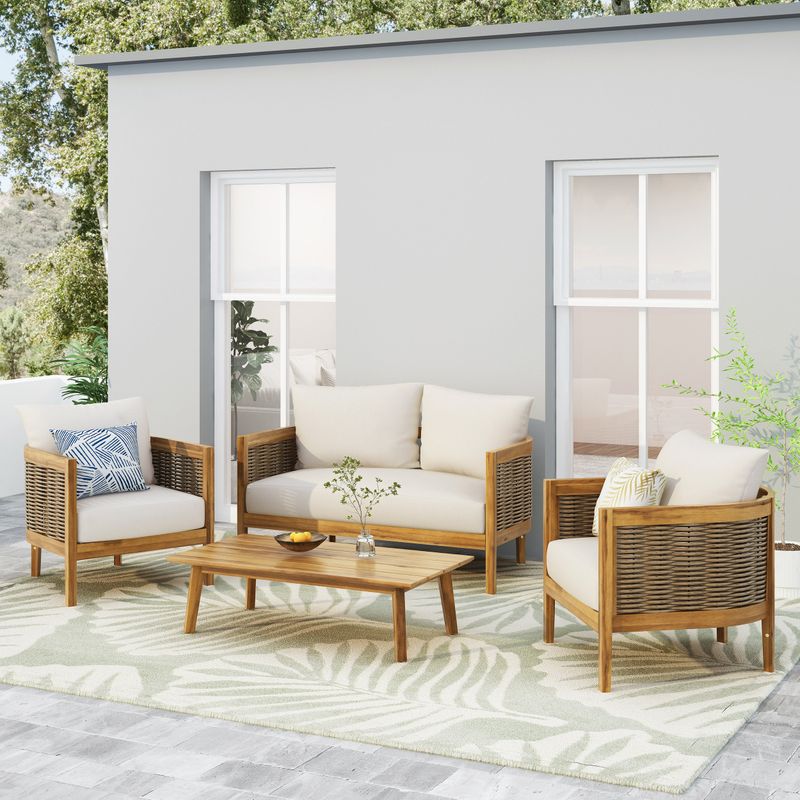
Rattan and cane elements exploded across Washington interiors, appearing on everything from headboards to cabinet fronts. The material’s natural texture provided welcome warmth against our region’s often gray backdrop.
However, the tropical origin of these materials feels increasingly disconnected from Washington’s temperate rainforest identity. The delicate nature of woven cane also proves problematic in family homes one enthusiastic child or pet can damage these surfaces beyond repair.
Locally sourced alternatives are gaining ground, with Pacific Northwest woodworkers creating furniture from regional materials like maple, alder, and reclaimed Douglas fir. These options offer similar visual warmth while establishing a more authentic connection to our landscape. By 2030, expect rattan to retreat to occasional accent pieces rather than dominating entire rooms.
6. Fabric Vertical Blinds
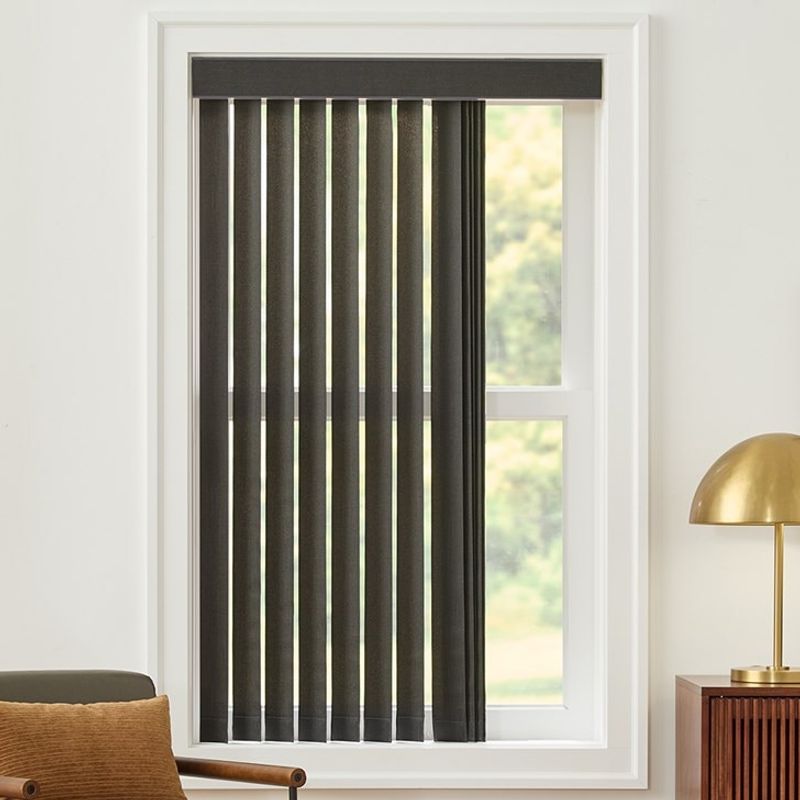
Those flapping, dust-collecting fabric vertical blinds still cling to Washington windows like unwelcome guests who’ve overstayed their welcome. Their constant clicking, tangling, and yellowing with age makes them the interior design equivalent of dial-up internet.
Washington’s stunning natural views deserve better framing. Our unique northern light quality calls for window treatments that enhance rather than detract from our connection to the outdoors.
Smart blinds, natural wood shutters, and simple roller shades are replacing these outdated window coverings. More Washington homeowners are also embracing the Scandinavian approach of leaving windows entirely uncovered in private areas, maximizing natural light during our long, gray winters and celebrating our connection to the landscape that makes this region special.
7. Gray Interiors
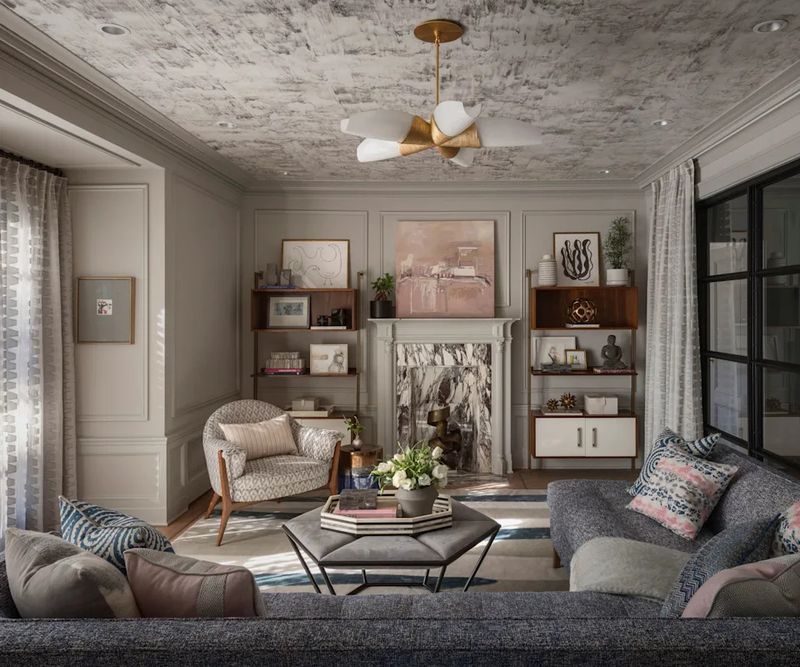
Seattle gray isn’t just a sky condition for years, it’s been our dominant interior color palette too. Washington homes embraced cool grays for everything from walls to furniture, creating sophisticated but often chilly-feeling spaces.
After a decade of gray domination, we’re experiencing collective gray fatigue. The cool tones that once felt modern now read as corporate and impersonal in residential settings.
Warmer neutrals and nature-inspired colors are reclaiming Washington interiors. Forest greens, oceanic blues, and earthy terracottas that reflect our natural landscape are bringing personality back to our homes. By 2030, walking into an all-gray interior might feel like entering a time capsule from the 2010s technically functional but emotionally flat compared to the richer palettes gaining popularity.
8. All-White Kitchens
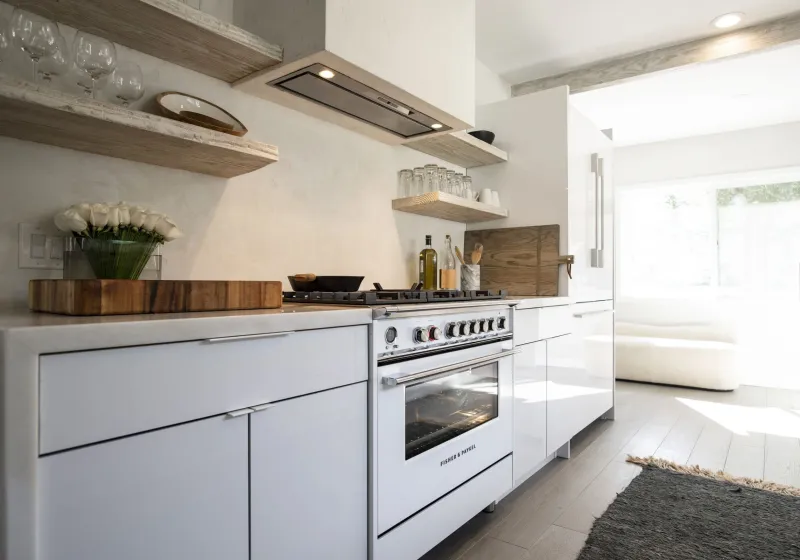
The pristine all-white kitchen has reigned supreme in Washington homes for years. These clinical cooking spaces promised brightness during our long, gray winters and projected an image of cleanliness and order.
Reality check: maintaining these spaces requires constant vigilance against coffee spills, tomato sauce splatters, and everyday living. The stark, laboratory-like feeling also clashes with Washington’s generally casual, nature-connected lifestyle.
Wood elements are making a major comeback, with warm-toned cabinets and butcher block countertops bringing much-needed warmth. Two-tone kitchens with colorful islands or lower cabinets offer personality while maintaining brightness. By 2030, the all-white kitchen may be viewed as a short-lived trend that prioritized Instagram aesthetics over livability in our coffee-obsessed, food-loving Washington culture.
9. Tuscan-Style Kitchens
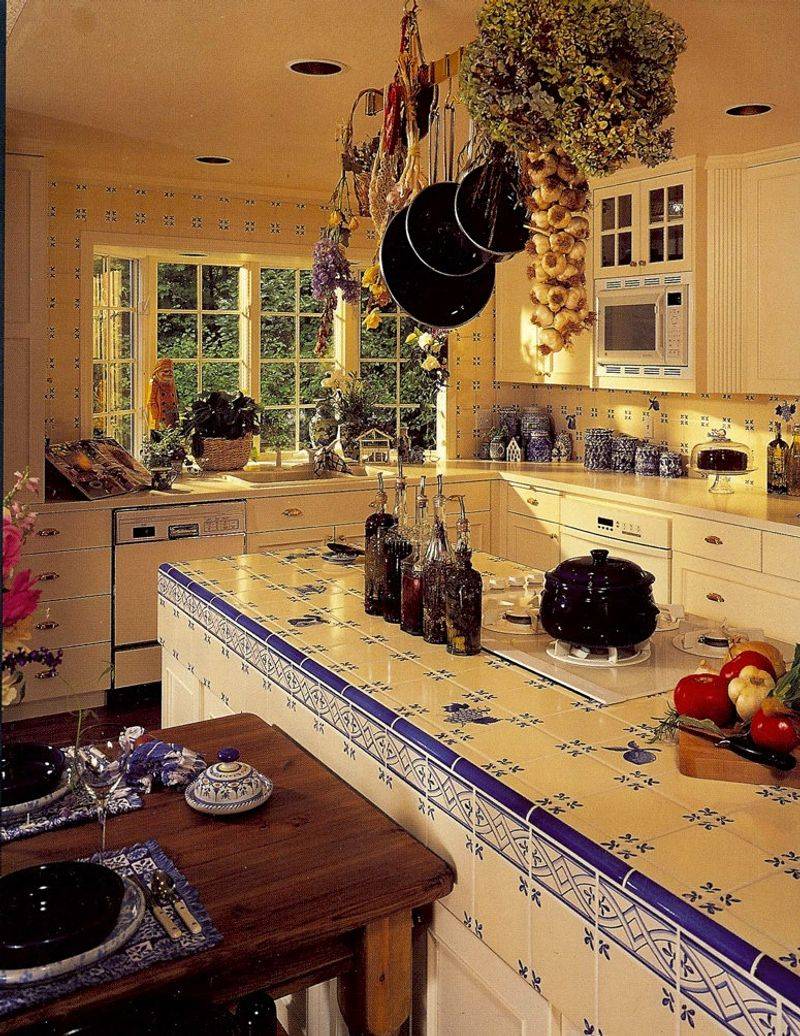
Faux-Mediterranean kitchens with their heavy scrollwork, ornate corbels, and forced Old World aesthetics are fading from Washington’s design landscape. These kitchens, popular in the early 2000s, tried to transport homeowners to Italian villas despite our distinctly non-Mediterranean climate and culture.
The heavy, dark cabinetry and busy tile work of Tuscan kitchens feels increasingly disconnected from Washington’s light-hungry, clean-lined sensibilities. Their ornate detailing also collects dust and makes cleaning more challenging.
Modern Washington kitchens are embracing our regional identity instead think reclaimed wood from local sources, blackened steel fabricated by Seattle metalworkers, and countertops made from recycled materials. This shift celebrates Pacific Northwest craftsmanship while creating spaces that feel authentic to our regional character rather than importing a romanticized European aesthetic.
10. 1990s Farmhouse Style

The farmhouse trend hit Washington hard, filling our decidedly non-agricultural suburban homes with sliding barn doors, distressed furniture, and enough shiplap to rebuild the historic fishing fleet. This nostalgic style offered cozy comfort but often felt disconnected from our region’s actual architectural heritage.
Washington’s authentic vernacular includes craftsman bungalows, midcentury gems, and contemporary eco-conscious designs not Texas-inspired farmhouses. As homeowners seek more authentic connections to place, this imported aesthetic is losing ground.
Modern interpretations of Pacific Northwest style with its emphasis on natural materials, indoor-outdoor connection, and respect for craftsmanship are replacing generic farmhouse elements. By 2030, expect those ubiquitous barn doors to slide into obscurity, replaced by architectural choices that better reflect Washington’s true character and environmental values.
11. All-Matching Furniture Sets
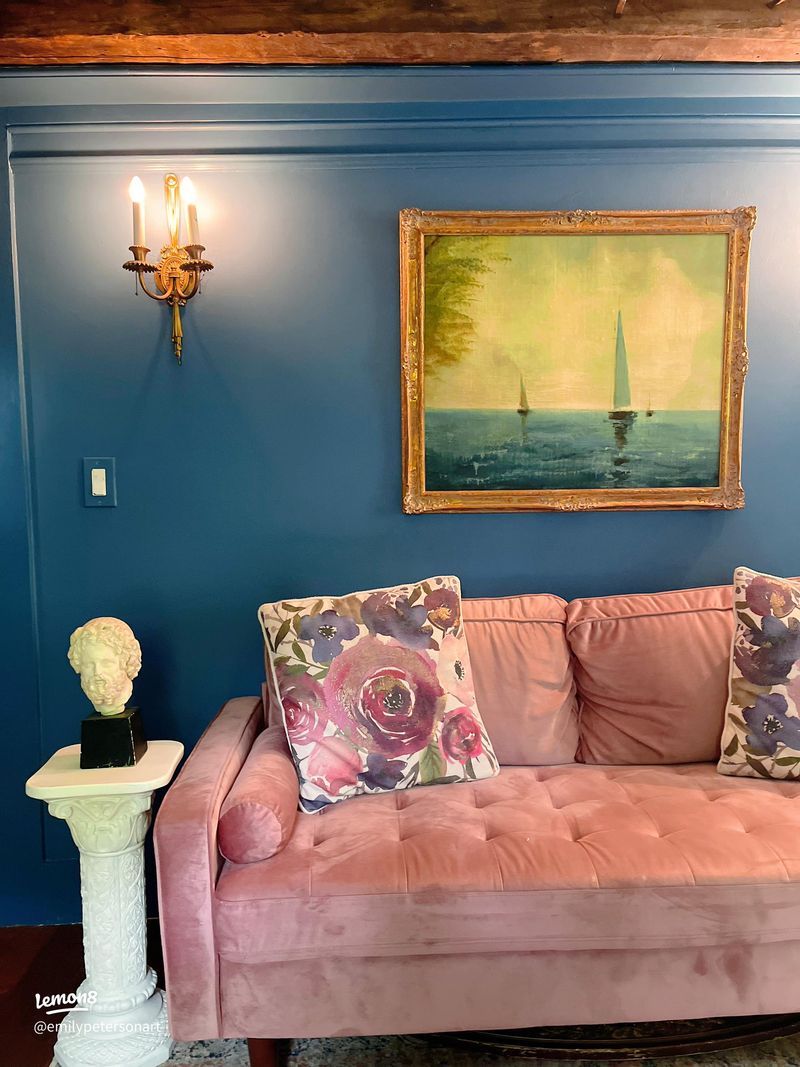
Remember when Washington living rooms came with perfectly matched sofa-loveseat-chair combinations, all upholstered in identical fabric? These furniture showroom replicas created spaces that felt like hotel lobbies rather than lived-in homes.
Today’s Washington homeowners value authenticity and personal expression over cookie-cutter perfection. The matchy-matchy approach feels increasingly dated and impersonal in our individuality-celebrating culture.
Curated eclecticism is taking center stage, with thoughtfully combined pieces that tell stories about their owners. Vintage finds from Seattle’s abundant thrift stores mix with contemporary pieces from local craftspeople. This approach not only creates more interesting interiors but also aligns with Washington’s environmental values by reusing existing furniture rather than buying entire new sets. By 2030, the matching furniture set may be viewed as a relic of less environmentally conscious times.

